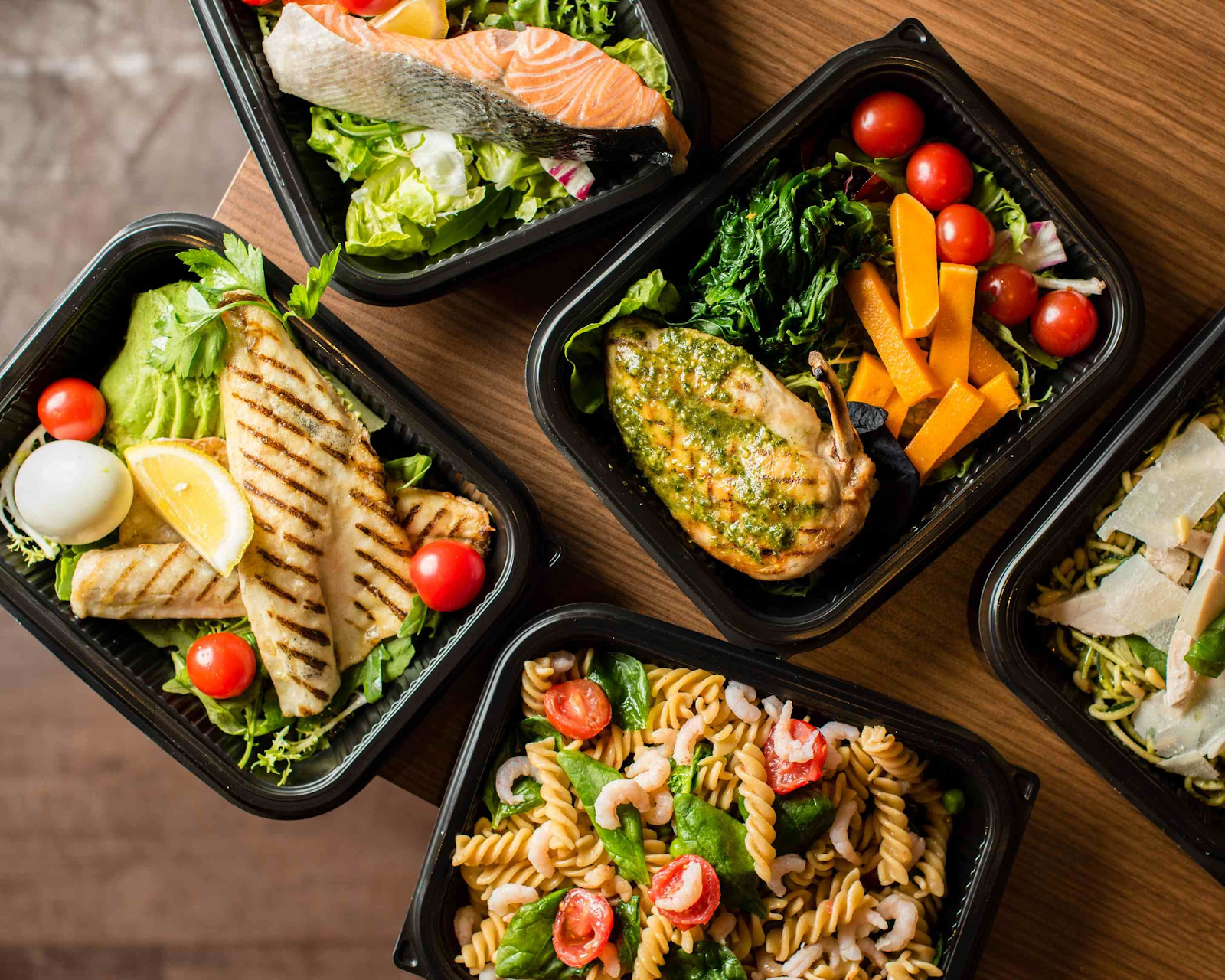This is an entry for the 2018 Stanford Design Challenge
focused around promoting longevity through affordability.
Food Deserts
23.5 million people live in food deserts
Nearly half are low-income
- Medical News Today
2.5x fast food exposure
For the poorest social-economic status
- DoSomething.org
"Urban areas with little access to healthy and
affordable food due to the absence of grocery
stores within a convenient traveling distance"
- Food Empowerment Project
Location Characteristics
Low-income communities
Inadequate access to transportation
Low number of food retailers providing
fresh produce at affordable prices.
Gentrification
"The process of repairing or rebuilding homes and businesses
in a deteriorating area (such as an urban neighborhood)
accompanied by an influx of middle-class or affluent people that
often result in the displacement of earlier, usually poorer residents"
- Merriam-Webster Dictionary
Resident Troubles
Due to financial and social inequalities,
those living in gentrifying communities are
forced out of neighborhoods as the cost of living
in those areas drastically increases.
Gentrifying Dangers
The high-end cost of living allows for corporations
and wealthier residents to move into neighborhoods
with a dwindling demographic as they
can no longer afford to stay in that area.
National Community Reinvestment Coalition
National Community Reinvestment Coalition
The Starbucks Effect
The Whole Foods Effect
Designing for food deserts is one of the only few ways to empower those who are or will become victims of gentrification.
Government legislation is the solution that residents deserve, however a faster response is needed.
Designed Response
A mobile market focused on providing
the opportunity for residents living in food
deserts to purchase affordable healthy food.
Creating a Fleet
Retired city busses can be stripped
and reconfigured to accommodate frozen,
refrigerated, and non-perishable foods.


The utility of busses allows for the market to travel to designated locations throughout communities
to provide accessibility to residents who would otherwise not have the opportunity.
Food Sourcing
To provide food, sourcing can be done through local
and community farms that give back to their community.
Other perishable and non-perishable foods can be obtained
through grocery store donations and organizations.


Prepackaged Meals


Premade meals with the basic food groups alleviate time constraints with
cleaning and cooking meats, fruits, and vegetables. These meals would be lower priced as well.
Community Outreach
Community outreach is the only way to establish the effectiveness
of the market as this would require community acceptance.
Through partnering with accepting community partners,
the community is able to establish the identity of each market.
Community Partner Examples - NYC




Communities belong to the people that live in them, gentrification is an act that must end.
No one deserves to be displaced to welcome someone who can afford to pay more.




